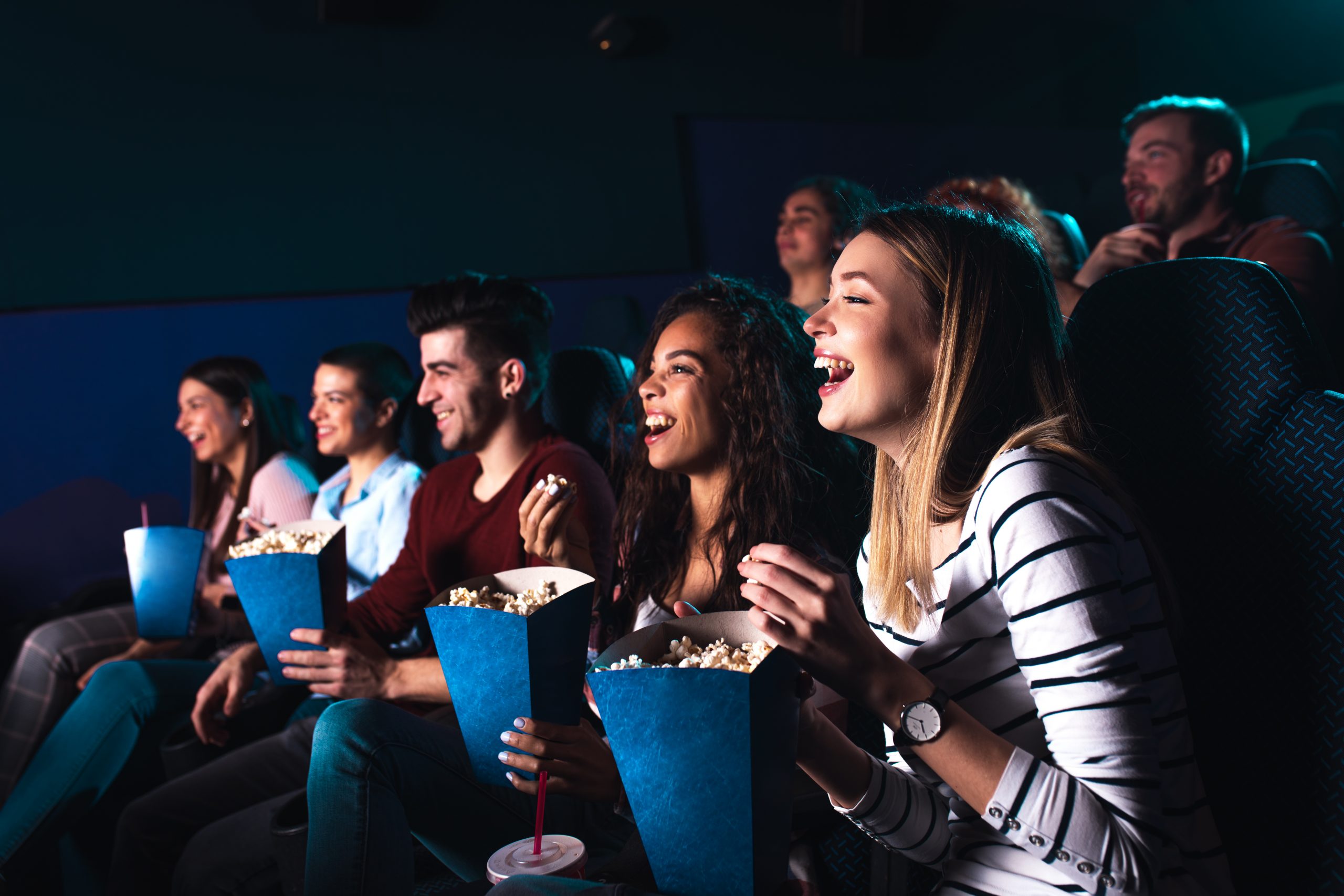Some movie buffs turn up their noses at the mere suggestion of dubbed movies. But with the right translation, a dubbed movie can easily be as good as the original. We admit it’s a controversial statement. But it’s one we’re happy to stand over. Read on to discover how dubbing works and what to look out for if you want to dub your movie successfully in another language.
“Ich seh‘ dir in die Augen, Kleines.” (I'm looking you in the eye, little one.) Casablanca is a movie classic that is all about romance. In English, however, the phrase sounded a little different. “Here’s looking at you, kid.” Since this is a toast in the original language, it certainly wasn’t easy to find a literal translation in German. A simple “Prost” (Cheers) would have been wide of the mark. However, audiences seem to have been satisfied with the eventual solution. Not only the original English quote but also the German version went down in movie history.
When dubbing spoils the movie
The quality of the dialog determines the quality of a movie. The right joke, the right emotion, the punchline and the timbre of the voice—all of this will hopefully trigger the right response from the audience. However, it all risks being lost to audiences in other countries if translators and dubbing actors don’t do their job properly. Or to quote the movie title: “Lost in Translation.”
Especially in German-speaking countries, it is not a good idea to do without dubbing altogether. After all, dubbing is more widely used there than anywhere else in the world. Foreign-language movies are dubbed into the target language and, ideally, lip-synchronized. In German-speaking countries, almost every movie and series is dubbed. Cinemas mainly show dubbed versions of movies. This differs significantly from other countries such as Poland or Scandinavia, where dubbed versions are practically unheard of. In Poland, for example, a single speaker translates all the dialog directly and the translator’s voice is superimposed over the original soundtrack. Whether this conveys the right emotions other than an inclination to take a nap is not for us to say.
In any case, viewers are used to the convenience of watching a movie and following the dialog in their native language. This development dates back to the post-war period.
First step: translation
As with movies with subtitles, dubbing also begins with the translation of the text. However, this variant is a little more complex. After all, it’s not just the content of the texts that must be right. The duration of what is said must also match the pictures. The ultimate success or failure of the dubbing is therefore dependent on this first step.
Even the best dubbing actors are fighting a losing battle if the translation is poor or simply wrong. Some English jokes simply don’t make sense if they are translated word-for-word into German. One example can be found in Quentin Tarantino’s “Pulp Fiction,” during which the similar-sounding words “ketchup” and “catch up” are used. This has precious little to do with German tomato sauce.
Other translations into the target language can falter at much simpler hurdles. For instance, when the hero of the Hollywood blockbuster “Blade Runner” demands a “hard copy” in the original English version of the movie. In the German cinema release, this is translated literally as a “harte Kopie” rather than a printout on paper. It sounds more like the output from a bad translation app on a smartphone, doesn’t it? Professional translators should offer you different choices. That’s because finding the right words does not mean that you have found the perfect words.
Thinking beyond languages
Localization has also been a recurring theme throughout movie history. A particular expression or certain types of content may be interpreted completely differently in another country. This is about more than language, and translators need to understand this. For example, the villain in Hitchcock’s movie “Notorious,” which was released shortly after the Second World War, was portrayed in the German version as a drug dealer instead of a Nazi. In the action movie “Die Hard,” the villain, originally named Hans Gruber, was renamed Jack.
Once the translation is complete, the project moves to the recording studio with professional dubbing actors. Ideally, this is where the translated text is transformed into clearly spoken words and sentences that convey the right emotions. The final step involves adding the dialog in the new language to what is called the international soundtrack. On this soundtrack, the sounds and music used in the movie are stored separately from the spoken word.
Perfect all the way to the lips
Sound engineers must now match up all the components to each other. They focus on lip synchronization among other things. This ensures that the dialog sounds match the timing and visual movements of the actors’ lips.
Artificial intelligence is now used to help adapt the movements of the lips to suit the target language. In addition to bad translations, poor lip synchronization is usually the first thing viewers associate with a badly dubbed movie. Don’t underestimate this aspect and be sure to allow sufficient time for quality control.
Dubbing as a matter of conviction
A fundamental debate has broken out among movie buffs as to whether it is better to watch the original or the dubbed version of a movie. Advocates of the original version warn that wordplay and, in the worst cases, even key messages are often lost. Of course, many of us could watch an English movie even without dubbing. But how good is your French or Italian, Portuguese or Chinese? Subtitles can distract from the images and details in the movie.
However, a good translation ensures that dubbing doesn’t take away from your movie. Whether it’s English, Spanish, or Flemish, with the right translation service providers and sound engineers, you can leave your dictionary for your translations and your glasses for illegible subtitles at home. You’re much better off concentrating on Humphrey and Ingrid—and looking into their eyes rather than at the subtitles.






